"Once trench warfare set in everyone was bound to the wheel; and when the High Command gave it a turn, Army, Corps and divisional commanders turned with it." WW1 History PhD student, Canberra, Australia.
Don't wanna be here? Send us removal request.
Text
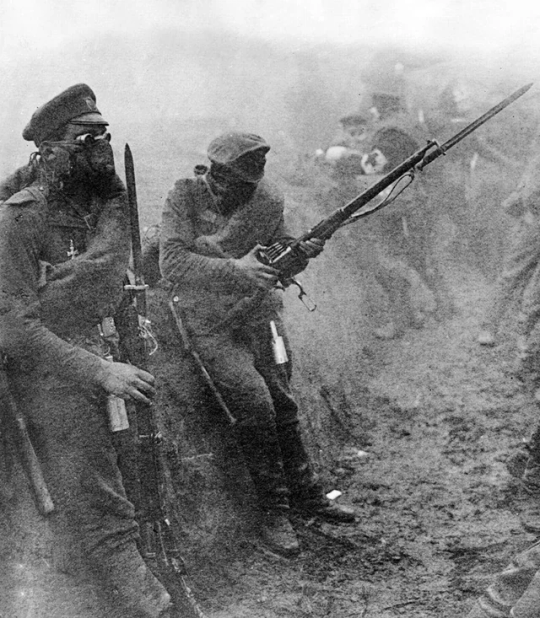
Russian soldiers with Winchester 1895 carbines and gas masks on the Eastern Front, 1915.
126 notes
·
View notes
Text
Everyone was doing it
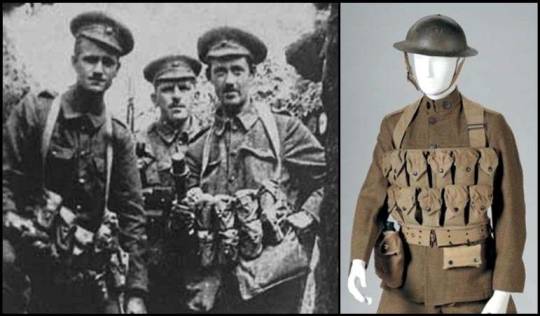
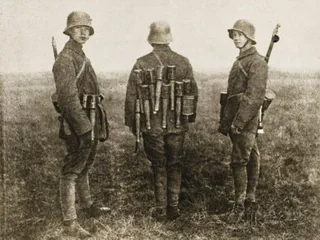
German stormtroopers, 1916. Just one more grenade and they could've broken the stalemate...
#called a bomb apron in the british army#turned out to be quite shit in practice#so instead they usually carried extra grenades in canvas buckets
123 notes
·
View notes
Text
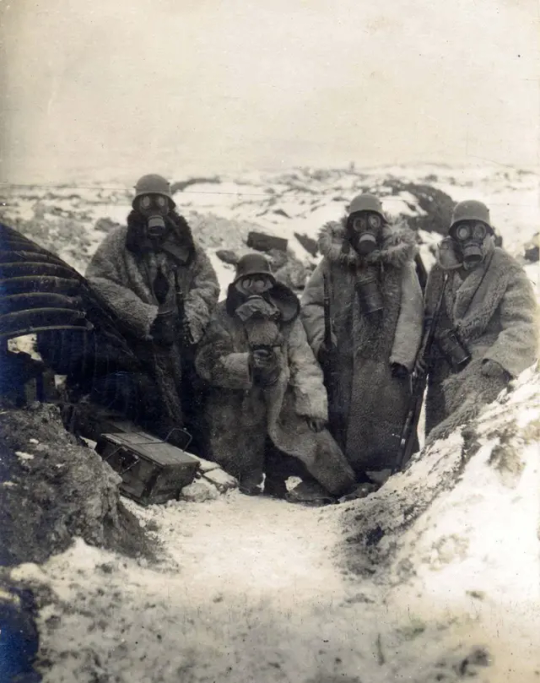
Four German soldiers wearing fur coats and gas masks posing in a trench, c. 1917
64 notes
·
View notes
Text
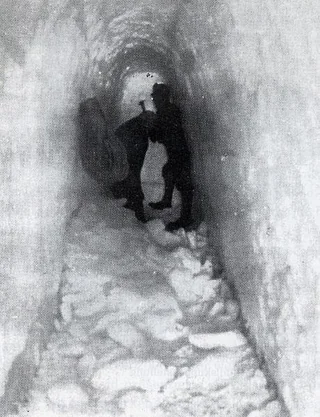
Italian soldier tunnel their way through glacial ice in the Alps, building a fortification. WWI
59 notes
·
View notes
Text
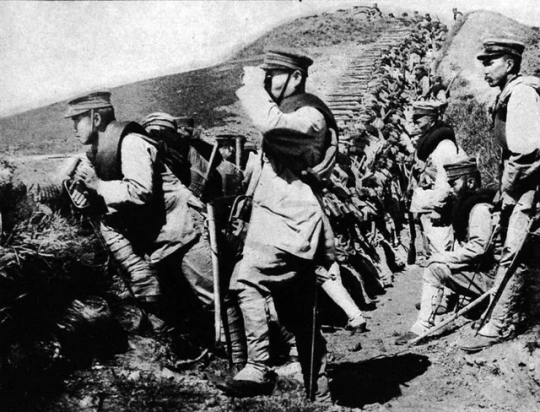
Soldiers of Imperial Japanese Army 18th Division in an abandoned German trench during the Siege of Tsingtao, 1914.
#that is a lot of dudes in that trench#good thing the germans didnt have much artillery in china cause goddamn
48 notes
·
View notes
Text
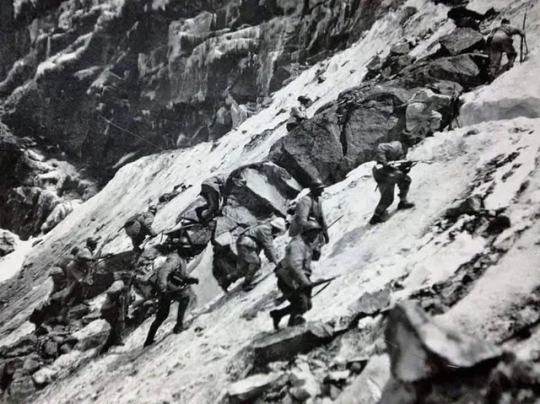
Italian Arditi soldiers in the Paradiso Pass. Trento, Italy, May 1918.
59 notes
·
View notes
Text
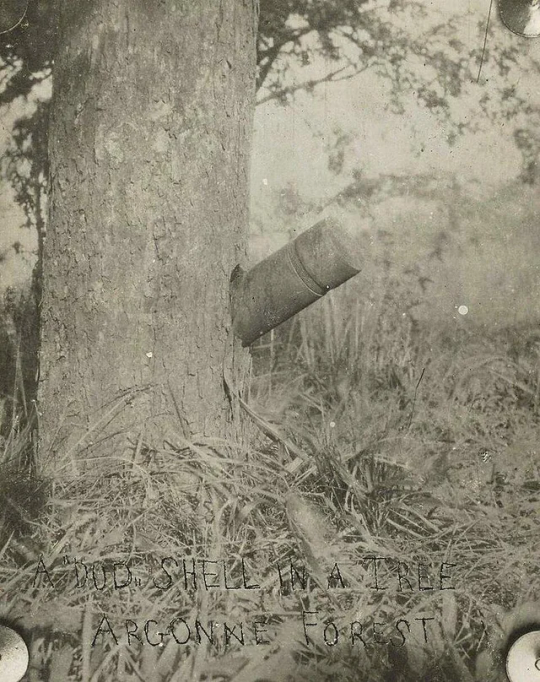
Dud shell lodged in a tree, the Argonne woods, France. 1918
73 notes
·
View notes
Text

Postcard/Image of women in the uniforms of the central powers
(right to left: German, Austrian, No Idea, Turkish and Bulgarian)
181 notes
·
View notes
Text
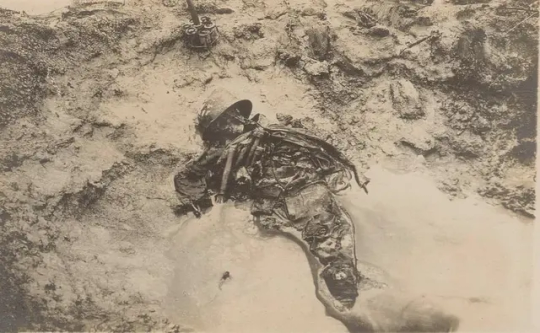
Skeleton of a German soldier in a water-filled scrape, killed in the previous year near Nieuve Somme canal. 10 March 1919.
68 notes
·
View notes
Text
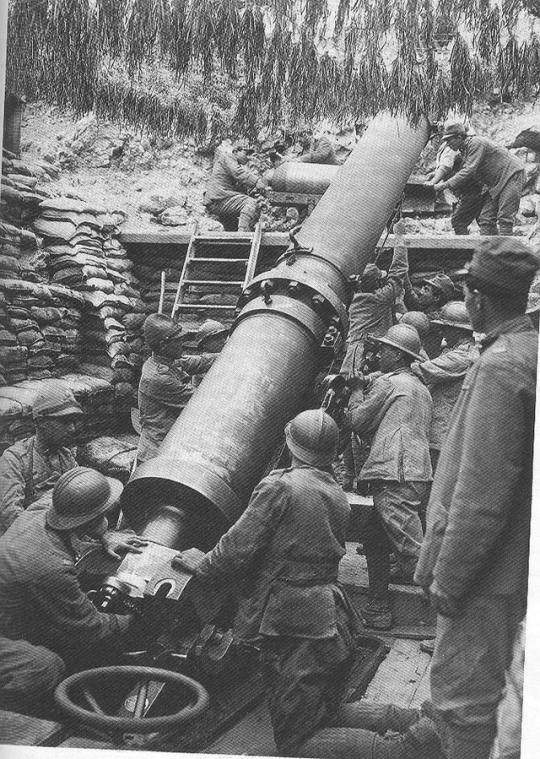
A giant Italian 240mm mortar, emplaced somewhere in the Alps during WWI.
75 notes
·
View notes
Text
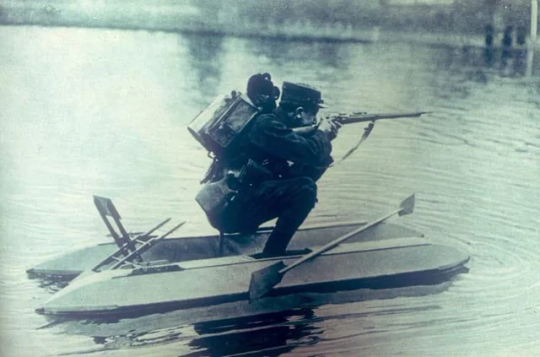
French soldier on an experimental thing, 1916
241 notes
·
View notes
Text
Demonstration of the 37mm cannon installed on the SPAD S.XII fighter
101 notes
·
View notes
Text
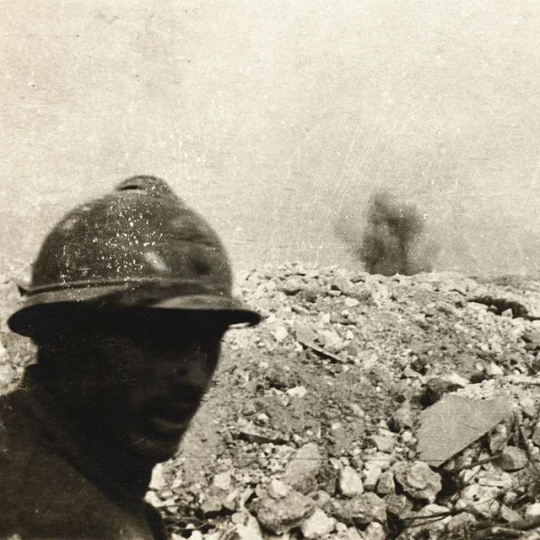
French soldier caught in the camera frame as shell explodes on the Verdun battlefield, 1916
244 notes
·
View notes
Text
Bought a big sword. It's pretty dope.
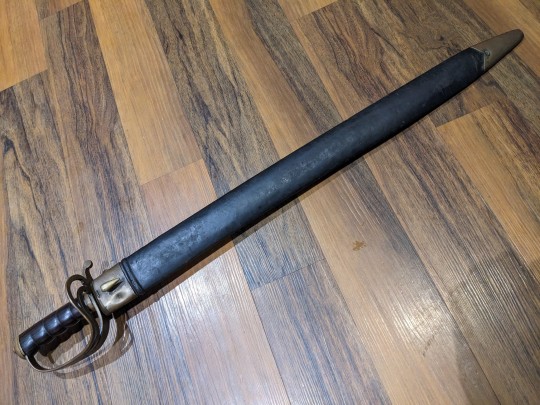
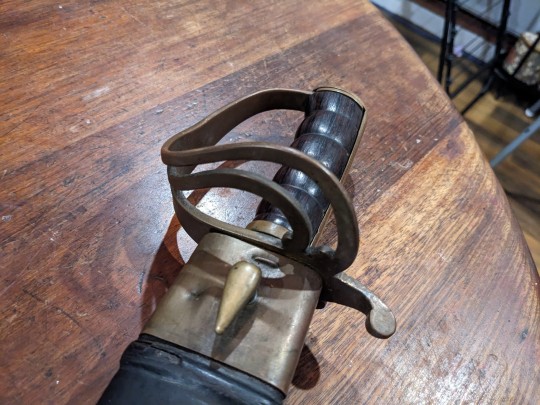
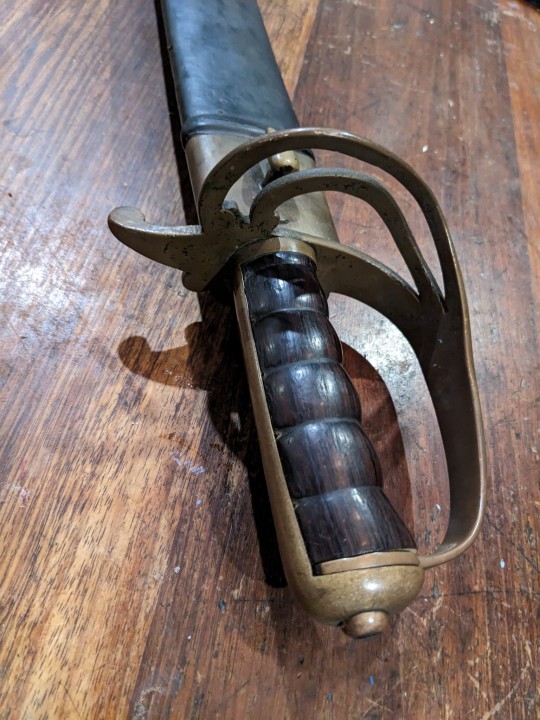

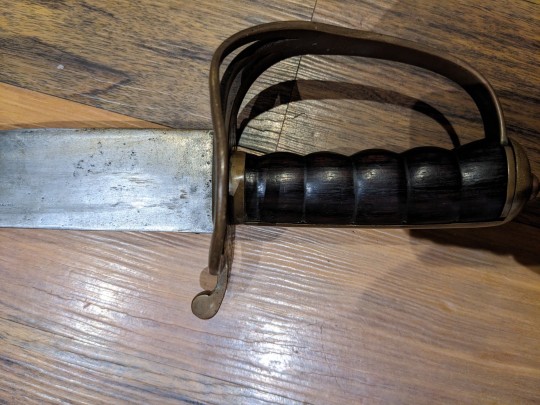
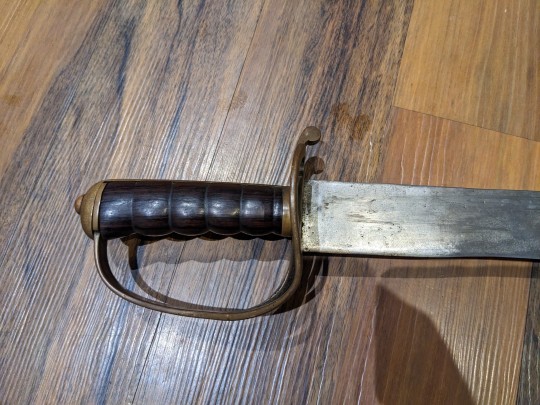
158 notes
·
View notes
Text
1930 British Naval Cutlass Drill performed by Naval Cadets onboard TS Warspite (ex HMS Arethusa) - Grays -Essex - England, UK
So
409 notes
·
View notes
Text
As usual with anything historical, there's no single reason an army decides to do anything. Monocausal answers are horseshit.
There are a couple of boring but important things that haven't been mentioned yet, and probably the most important of them is cost.
The British army before 1914 was small by European standards. A couple of hundred thousand at most and entirely volunteers.
The French army on the other hand (most Continental armies tbh) we're conscript based, and as such much, much bigger. When you have to build up a supply of weapons to equip a mass army, unsurprisingly, it costs a lot of money. One likely reason for keeping the spike bayonet is probably that it was cheaper and easier to produce than a decent quality blade.
Doctrine also plays a part in this sort of stuff, but ultimately in peacetime budgets matter more than doctrine, and an army has to make do with what the government gives them.
Regarding doctrine, I can't speak for the French, but I can say that by about 1910 the consensus was that the firefight would decide the outcome, so it was more important to have a good rifle and good field artillery than an amazing bayonet/sword/lance. The assault was the final part of the battle, and only possible once you had achieved fire superiority and down the fire of the enemy. They knew before WW1 that trying to make the assault before the enemy's fire had been diminished was a recipe for disaster. The assault was the final part that broke the enemy and forced them to retreat. There wasn't an expectation of the infantry getting into a long, drawn out melee battle. Instead, the idea was that you would charge an already demoralised enemy, maybe engage in a short melee, but hopefully most of the enemy would flee.
People make fun of the British (and more generally European) ideas about the flash of steel striking fear into the enemy's heart. But it's not as stupid as it sounds, the idea of melee combat was/is genuinely frightening.
I can dig through my research tomorrow and find my notes on 'the assault' in British thinking. Unfortunately, I don't really have anything specifically on bayonets. But the Royal United Services Institute journals going back to the early?-19th century are online and I believe open access. There's certain to be some articles on bayonets in them.
Open question: what motivated the British and German to move away from that mentality of keeping the reach advantage in designing bayonets for their late 19th century rifles, where the French Lebel not only stuck with the long rifle long bayonet combo but doubled down on turning it into more of a pike by adopting a cruciform blade ? I think I can easily see the thinking behind the later, just make it a simple stabbing weapon used in infantry charges, was the opposite thinking of essentially turning the bayonet into a combat knife based on a more modern approach of what situations would see melee combat happen in say British military doctrine ?
153 notes
·
View notes
Text
I hate every moment of being involved but the military parade prep is resulting in some very funny pictures

265 notes
·
View notes